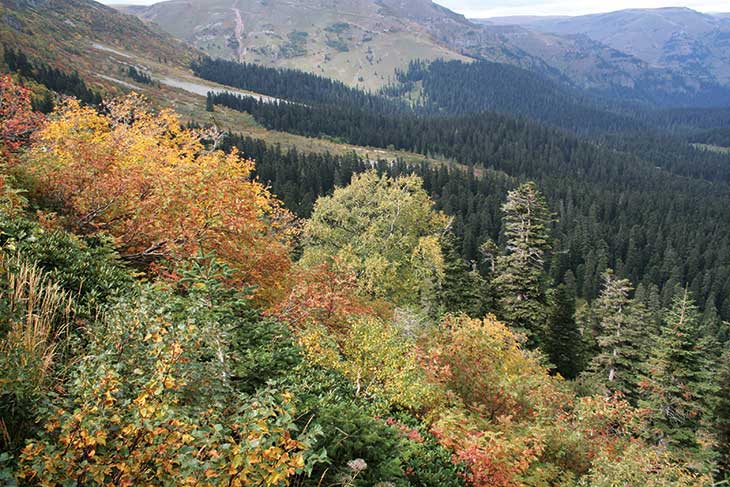Summer tree highlights
Our propagator, Penny Jones, was on the first expedition in which we were directly involved, being part of a team which went to Turkey in 2005 as part of a Darwin Initiative project.
Seed from this expedition was distributed among participating institutions as well as being banked for conservation purposes. Plants from this expedition are now well established in the collection, with many plants of different species performing impressively here at Westonbirt, as well as at the Forestry Commission’s Bedgebury National Pinetum, who were also participants on this expedition.

Our plants of Alnus glutinosa subsp. barbata collected in Turkey are behaving as many alders do, having grown vigorously since being planted out in 2008. An eastern subspecies of our native alder, these, like many plants of Turkish origin are proving to be happy in our climate at present, while western Asia is a part of the world we may look to increasingly in the future for plants that may continue to thrive in the future climate.
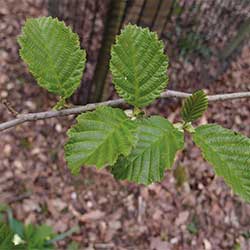
Alnus glutinosa subsp. barbata – This one of four subspecies accepted in the World Checklist of Selected Plant Families. The others are antitaurica, betuloides and glutinosa.

The Oriental beech, Fagus orientalis, is closely related to the common European beech, Fagus sylvatica, with which it is said to hybridise. The two are morphologically similar, though easily differentiated by the larger, more numerously veined leaves of the Oriental beech. In the wild, it is found in association with Nordmann fir, Abies nordmanniana, in a similar association to that of the more western European beech, which grows with the European silver fir, Abies alba in parts of its range.
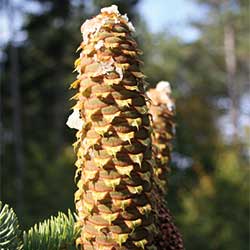
Oriental beech – Our Turkish plants were collected as seed from northwest Turkey, where it grows with the Endangered Abies nordmanniana subsp. equi-trojani, which is well represented here as well as at Bedgebury, which holds the world’s most comprehensive collection of temperate conifers.

A number of examples of Abies cilicica, the Cicilian fir are beginning to gain stature after a slower start to life in the collection than some of our other plants from this expedition. Representatives of both subspecies were collected in Turkey and are features of the landscape here. Subsp. cilicica may be distinguished from the more geographically restricted subsp. isaurica at this time of year by its faintly pubescent new shoots (glabrous in subsp. cilicica), though this may be a somewhat variable character.
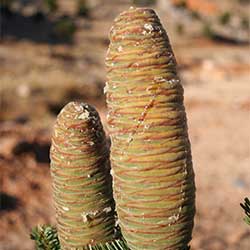
Cicilian fir – The true firs often start off as squat plants, growing out before they grow up. Our examples of Abies cilicica illustrate this phenomenon well, though there are many other true fir species represented here that do likewise.

Acer heldreichii subsp. trautvetteri is somewhat rare outside maple collections as it is not considered among the most ornamental of the genus. It is closely related to the more common sycamore, Acer pseudoplatanus, of which many fine examples can be found here. Though Acer heldreichii subsp. trautvetteri is ultimately a smaller tree than sycamore, we hope that these specimens will grow to become prominent trees in the Westonbirt landscape.
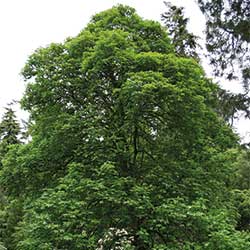
Acer heldreichii subsp. trautvetteri – There are 10 maple species native to Turkey. Two others were also collected on this expedition – Montpelier maple, Acer monspessulanum, and Cappadocian maple, Acer

Our cedars of Lebanon collected from this expedition came in under the name of Cedrus libani subsp. stenocoma. This so-called subspecies is said to be intermediate between the Atlas cedar, Cedrus atlantica and the typical cedar of Lebanon, though it must be said that these two can be very difficult to distinguish between themselves. The plants from which seed was collected differ significantly from typical cedar of Lebanon habit being far more conical. However, recent authors suggest that this difference is likely as a response to their habitat and have disregarded these plants as being a separate subspecies.
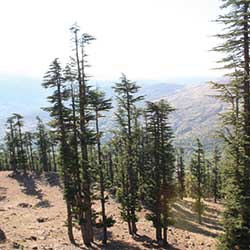
Cedrus libani – As well as these interesting Turkish examples of cedar of Lebanon, we also have plants that were collected on Mount Lebanon
Don’t forget to print out the map and take it with you. Discover the expert’s seasonal picks on your next visit!
